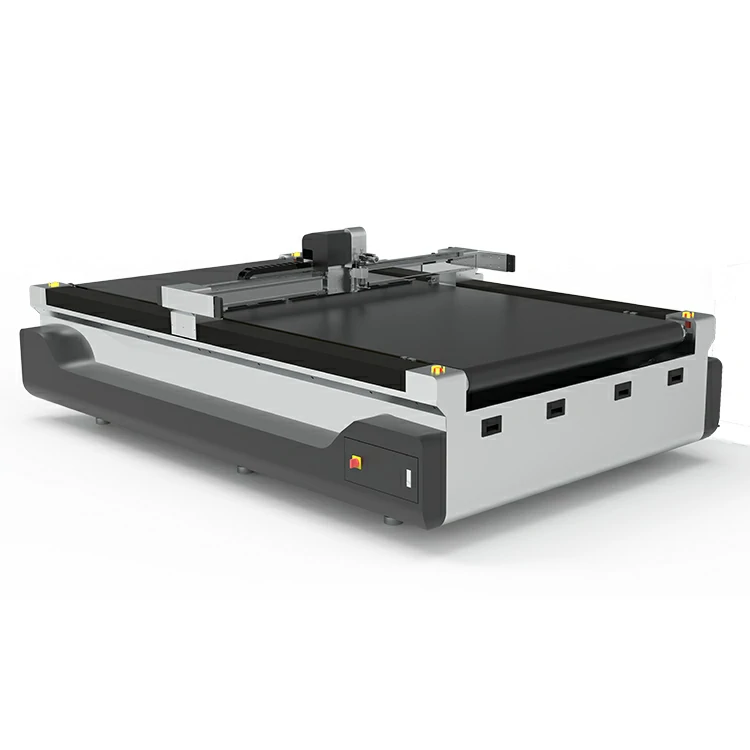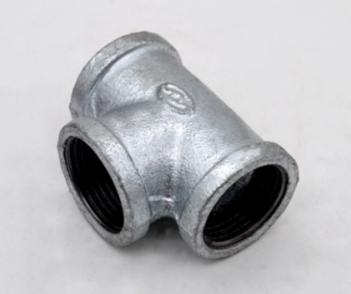What safety certifications does the multi layer fabric cutting machine comply with?
The safety certifications that a multi-layer fabric cutting machine complies with can vary depending on factors such as the machine’s design, intended use, and target market.
However, here are some common safety certifications that cutting machines may adhere to:
- CE Marking: CE marking indicates compliance with European Union (EU) safety, health, and environmental protection standards. Many manufacturers of cutting machines obtain CE certification to demonstrate that their products meet these requirements.
- UL Listing: Underwriters Laboratories (UL) is a safety consulting and certification company that evaluates products for compliance with safety standards. UL listing signifies that a cutting machine has been tested and meets specific safety requirements established by UL.
- ISO Standards: International Organization for Standardization (ISO) standards, such as ISO 12100 for machinery safety and ISO 13849 for safety-related parts of control systems, provide guidelines and requirements for ensuring the safety of machinery and equipment.
- OSHA Compliance: In the United States, cutting machines may need to comply with safety standards set by the Occupational Safety and Health Administration (OSHA). OSHA standards address various aspects of machinery safety, including guarding, control systems, and employee training.
- ANSI Standards: The American National Standards Institute (ANSI) develops voluntary consensus standards for a wide range of products and systems, including machinery safety. Compliance with ANSI standards may be required or recommended for cutting machines sold or used in the United States.
- CSA Certification: The Canadian Standards Association (CSA) provides certification services for products sold in Canada. multi layer fabric cutting machine CSA certification indicates compliance with applicable Canadian safety standards and regulations.
- Safety Labels and Markings: Cutting machines may feature safety labels, markings, or instructions indicating compliance with specific safety standards or requirements. These labels provide users with information about potential hazards and safe operating practices.
- Risk Assessments: Manufacturers of cutting machines may conduct risk assessments to identify and mitigate potential safety hazards associated with their products. Compliance with recognized risk assessment methodologies and best practices can contribute to overall safety certification and compliance.
It’s important for manufacturers and users of cutting machines to understand the applicable safety standards and regulations in their respective regions and ensure that their machines comply with these requirements. Additionally, regular maintenance, inspection, and training are essential components of ensuring the safe operation of cutting machines in industrial settings.



